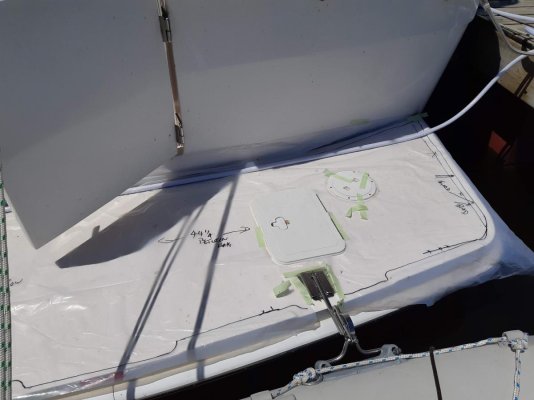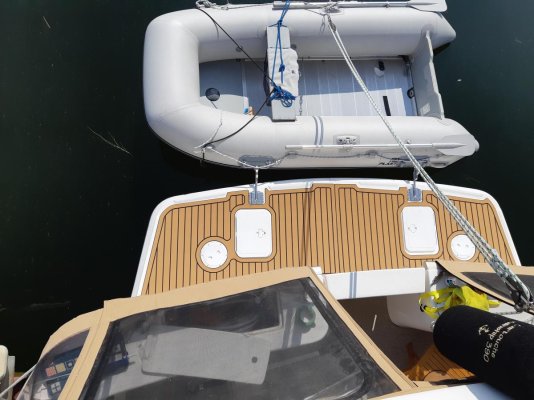I am hoping to get some thoughts from those of you who own Mainships, because my wife and I are going to look at a 350 tomorrow. ( It seems very similar to what is also called a 390.) It is a 1999 model.
From other threads you may have read that I have been looking for something in the 36' range, and hopefully a Monk, Island Gypsy or GB, but the pickings are slim to none these days, and those that come up seem to be sold before it is even possible to contact the broker, so we have broadened are search.
The one we will be looking at has a single CAT3206, which would not be my favorite, but I do prefer a single. It has about 4000 hours, the listing says it will cruise at around 8 knots, with consumption of around 1 gallon/nm, which seems high for this size and weight of boat with this size engine.
It has newer electronics and AGM's, canvas, etc.
Everyone on TF is always so helpful and knowledgeable, I am hoping to get some ideas about what to look for and what potential concerns are.
Thank you!
My wife and I are looking for something similar to this as well. Did you get a chance to see this one? Any thoughts on it - or is it now under contract?


